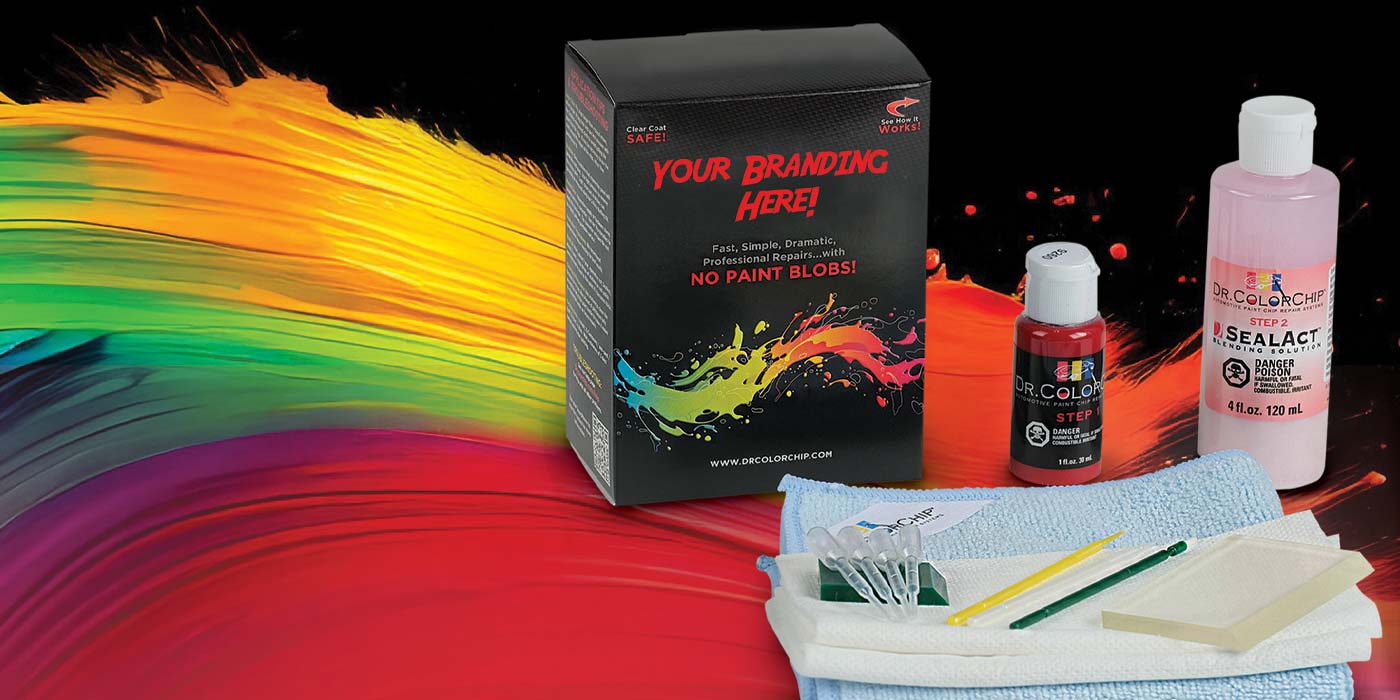Over the past few years, the automotive industry has seen an accelerated flow of change brought on by a pandemic, supply chain shortages and other disruptors in the automotive space. These changes have had a significant impact on how dealers and manufacturers respond to the consumer and have created a real need to solve the automotive retail blueprint.
With privacy, security, business intelligence and first-party data being the topic of many discussions, it’s time to re-write the blueprint for dealers and change the way we look at a single-solution approach. Automotive needs more agnostic solutions that open the door to better partnerships and solutions for dealers.

The Automotive Retail Blueprint starts with an agnostic DMS, featuring:
Simplicity – an easy-to-use client and consumer interface
Flexibility – must have the ability to adapt to an ever-changing environment
Integrations – open API that is fast, dependable and adaptive to the needs of the market
Intelligence – the ability to provide real-time analysis and actionable insights to help dealers adjust to the trends of the marketplace
When developing a business blueprint, having the right team members is just as important as having the right solutions. To keep the company moving forward in this ever-changing market, DealerBuilt acquired Vistadash, bringing in Dan Moore as president, as well as Kendall Billman as chief strategy officer.
“These automotive veterans understand the landscape and have a proven record of building and redefining companies. I knew they would add tremendous value to the blueprint as well as accelerate it,” says Mike Trasatti, CEO of DealerBuilt.
The Hub of All Activity
The DealerBuilt team considers the data management system (DMS) as being the core of the dealership.
“The DMS is the hub of all activity for a dealer — from what their database looks like to how they market to their consumers,” says Trasatti.
“For many years it has just been considered a ‘dumb’ box with dealerships relying on ever-changing software programs to improve aspects of the dealerships,” says Billman. To change this perception and offer a DMS that can keep up with — and lead — this ever-changing industry, they set out to improve the blueprint to help dealers better understand their customers’ experience, shopping patterns and times they want to be contacted.
Adapting to an Ever-Changing Environment
Dealers look at some DMS providers as too large and, oftentimes, too tough to deal with. One of the advantages of DealerBuilt is that the company understands the plight of today’s dealers and what they are up against. One of the early imperatives the company has lived by includes making decisions, both technical and fundamental, that promote a nimble, agile environment. In doing so, they created a corporate culture offering the “can-do” attitude dealers are seeking when engaging with their DMS provider.
“We made choices early to keep a single, integrated database,” says Trasatti. “These technical imperatives that go into our decision-making allow us to go to a client and ask, ‘What are the possibilities you are looking for?’ And not, ‘This is what it is, this is how it works, figure it out.’
“It’s cliché to say in any industry, ‘Things are changing faster than ever!’ You hear that all the time,” continues Trasatti. “However, the reality is we have never seen changes like this in the automotive industry — changes across the spectrum, not just with the consumer, but also with how the OEMs want to engage with consumers, what the regulators are looking for, making sure dealers comply with certain aspects of things.”
Inviting Innovation
It is an imperative at DealerBuilt to be the anchor for their dealers and invite innovation.
“Dealers want features that will help them grow their business,” says Trasatti. “That is where DealerBuilt comes in. We enable these integrations for our dealers so technology can develop and grow with the dealership.
“It is important, whoever you choose to be your technology partner, that your provider is an inviter of innovation,” he continues. “Instead of saying, ‘Let’s try to make this fit,’ your provider should be able to pivot and accommodate your needs. A DMS must have the ability to be customized based on what individual dealers are looking for. We’re trying to solve more complicated problems today than at any time in our history. The number of requirements from both OEMs and consumers that demand change in the way we do business and interact with the consumer is just mind-boggling. Just about the time dealers think they have figured it out, 13 more requirements arrive.”
Maintaining Security while Enabling Innovation
The importance of having the right and necessary security for a dealer’s data begins with the DMS. As a provider, DealerBuilt has had firsthand experience with this. Dealers should have a constant focus on how they are managing and securing the data they are responsible for and that it now extends to providers. How are their chosen providers securing their data?
While it’s still a dealer’s responsibility, providers are obligated to provide detailed information about the steps that they take to secure data.
So how do you invite innovation while also protecting data? Dealers have to ensure they partner with the right vendors; vendors who have the dealer’s best interests in mind and have their protections in place.
When it comes to data privacy and security, it should be at the top of the priority list for every dealer to evaluate what they are doing inside their store and with their vendors. Until the data becomes less valuable, it must be the top priority.
Business Intelligence for a Better Blueprint
The best industry software programs help dealers find, sell and keep customers by understanding the customer lifecycle and value. Technology improvements give dealers improved access to attract, influence and improve experiences in real-time.
“Our blueprint is built for each department of the dealership to solve one of the key pain points for the dealer and the consumer: Time,” says Billman. “While time is a one-word answer, it really is a bi-product of doing several things right with the technology, if the technology is fast, provides relevant insights and can integrate with the best-in-breed solutions, you and your consumer gain time. When you focus on an in-to-out methodology with the key goal of reducing time, you have a proven platform that helps the dealer succeed.”
A DMS that can also gather consumer data intelligence gives dealers the ability to build valuable profiles on their customers to provide insights into their shopping behaviors like never before.
“It can notify you when customers are back in-market, or you can filter your database to find customers who are using a third-party service center,” continues Billman. “Our new business intelligence can help determine whether they’re visiting your competitor or a third-party service center so you can deliver the right message at the right time. This creates a unique and improved customer experience.”
Adapting to Market Needs
When you are looking at the ever-changing environment and ask yourself what is going to happen next, it is easy to see the last few years’ decrease in new car sales is going to have an impact on new car warranty work, signaling dealers to start pivoting their messaging to retail service work and go head-to-head with the independent service shops.
“The need for the DMS to have a level of business intelligence to identify who is or isn’t busy in the shop and offering trend insights so you can get a gauge of what changes are coming is crucial,” says Moore. “You can go from being reactive to proactive to give you the competitive advantage you have been looking for.”
Now more than ever, marketing metrics need to be standardized in the dealership. “In the new automotive retail blueprint, it’s critical to elevate the level of actionable insights a dealer can have at their fingertips,” adds Moore. “If your data is being measured by different rulers, then you are just guessing.”
Moore concludes, “As focus continues to move around with the different changes to inventory, new car warranty work and the next curveball that awaits around the corner, being able to measure more than just the result so that you can find the disconnect in your strategy is going to be key.”
For more information on the Automotive Retail Blueprint, visit DealerBuilt.com.














